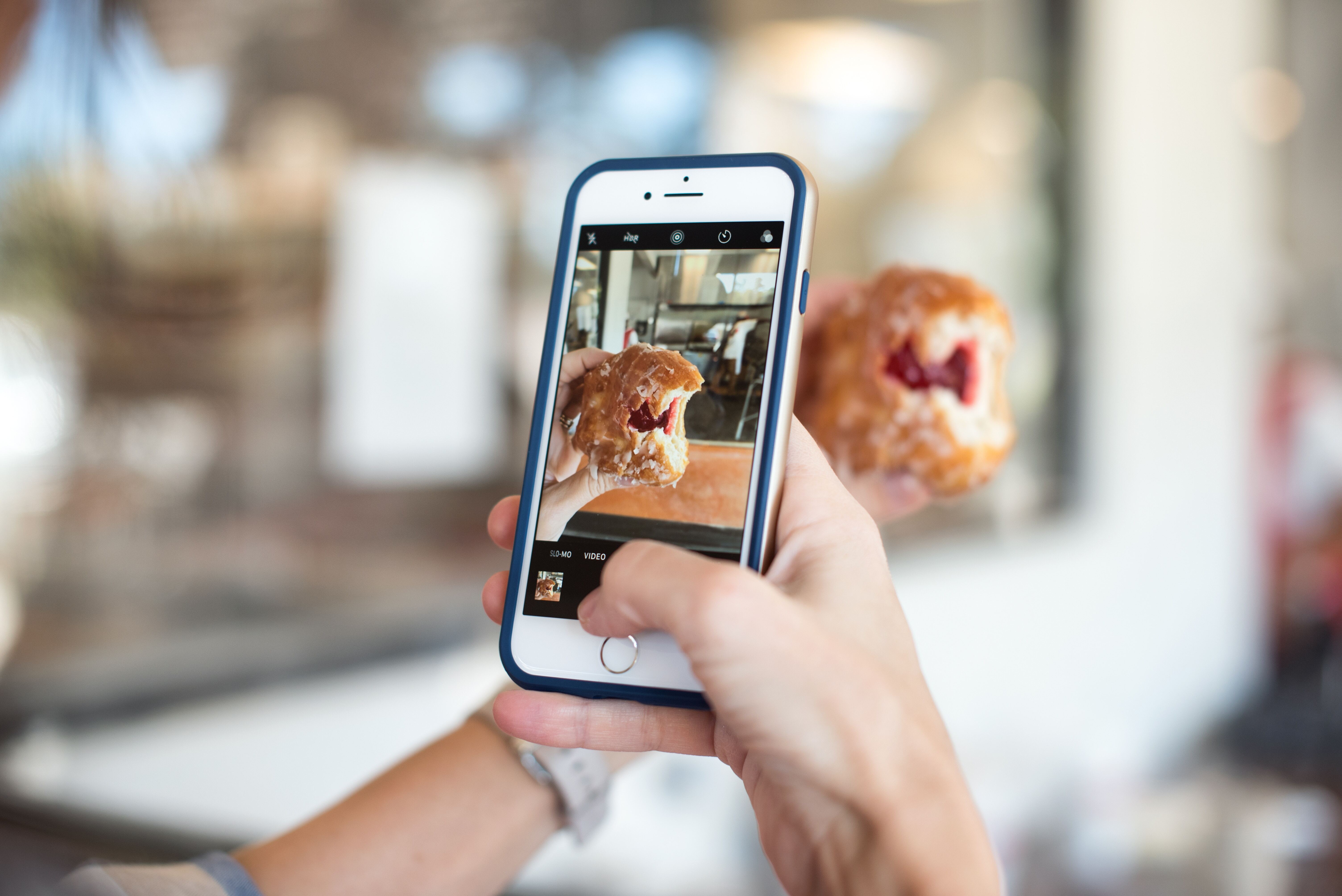How influencers are changing marketing
Posted over 6 years ago by Pagan Locke
If you’re not quite sure what influencer marketing is but you’re an avid user of social media, you’ve almost definitely been subject to examples of influencer marketing - whether it’s been disclosed or not. Does someone you follow tweet or post about an amazing teeth whitening kit they’ve been using or a protein shake that guarantees weight loss? It should now start to sound a little more familiar to you.
The two most common types of influencer marketing is paid and earned. Paid is more often than not a sponsorship or an advertisement. For example, a brand would send a social media influencer such as Zoella a dress for X amount of money in return for her posting that dress on her social media platforms X amount of times. Earned is a little more innocent and not so financially driven. For example, an influencer will promote a brand for free because they love their product so much or due to a longstanding relationship and loyalty. It’s now also compulsory for influencers to state that if they are being paid to promote a product, punishable by law, however, this isn’t always adhered too.
One of the most famous earlier cases of brands using influencers was the paid partnership between Airbnb and Mariah Carey, where the accommodation giants paid Mariah an (albeit hefty) fee to stay in their various luxury properties across the globe in exchange for the ‘All I Want For Christmas’ singer to share her experiences with her fans on social media. Seems pretty cushty, doesn’t it?
Paying the most famous social media influencers to promote a brand was the done thing but it seems that marketers are now turning their attention towards smaller, more engaged influencers. Brands are now turning towards less well-known individuals who have a more trustworthy and engaging relationship between their followers. An unholy amount of followers is no longer deemed sufficient enough to land an influencer marketing contract with a brand. Brands are now more likely to pick an influencer with 10,000 followers who get 1000 likes per post than someone with 500,000 followers who gets 5000 likes on a post. That engagement per follower rate is paramount. It also weeds out those pesky influencers who buy followers to create the illusion they’re a lot more popular than they are. It would be a tiny little bit suspicious if Pitch Consultants had 100,000 followers on Instagram for a recruitment agency in Birmingham but only received 30 likes per post, wouldn’t it?
It can be a little problematic to monitor a return on investment with influencer marketing if you’re not tracking direct sales through an influencers unique discount code for example. If not, brands would need to calculate what each impression on the social post is worth and calculate their return that way. Each impression is worth around £0.0094 but this can fluctuate depending on the platform and user.

Using that formulae, the above tweet would be worth £153.05. However, what about if consumers have been influenced by what an influencer has posted but hasn’t clicked through on their link and has visited your site on their own accord? Adding a conversion pixel to your website to account for traffic that hasn’t come directly from the influencers link is a great way to track what effect an influencer is having on your brand.
Influencers are definitely changing how we market with 37% of marketers having a dedicated budget for influencers alone. There can be an incredible amount of value in influencer marketing - just try not to get scammed. Manchester-based social media agency Social Chain have developed a revolutionary tool to seek out those influencers who are simply conning marketers. Their tool reveals an influencer’s true engagement rate and how many of their engaging followers are real people and not just bots. It seems that buying followers and becoming an influencer could be a thing of the past - and rightly so. It sure feels like this tool could make marketing jobs a lot easier but I wouldn’t hold my breath on some tech-centred individual not finding a loophole for the benefit of fake influencers.
It’s certainly a marketing trend that doesn’t look like it’s going to go away anytime soon with such a high public interest in celebrity influencers but I can certainly predict some of the larger influencers slowly falling by the wayside as nano influencers start to take the marketing reigns.
Matt's our Digital Marketing guy here at Pitch you can get in touch with him here, or follow him on Twitter.




